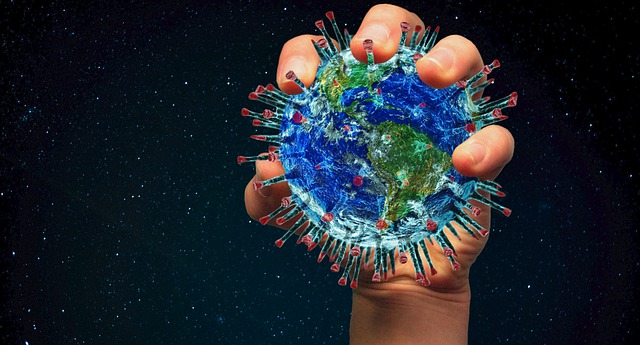Scientists are learning more about the novel coronavirus–how it most often spreads, why it affects people differently, and the immunity it offers to future infection. Here’s the latest:
Who’s most likely to spread the virus? What’s particularly dangerous about the novel coronavirus is that, more often than not, people who have no symptoms, spread it. The latest data suggest that nearly six in ten COVID-19 cases stem from people who were asymptomatic or pre-symptomatic. That is why you need to practice social distancing, wear a mask and wash your hands frequently, even when you are around others who appear completely healthy.
Who is most likely to have mild symptoms? The Journal of Internal Medicine found that the vast majority of mild COVID-19 cases caused people to lose their sense of taste and smell, “anosmia.” Mild cases are those in which people do not contract pneumonia or lose oxygen. Some scientists posit that people with mild symptoms might have more antibodies targeted at stopping the spread of the novel coronavirus than people who have more serious symptoms. People with more serious symptoms tend not to lose their sense of taste or smell. And, happily, about eight in ten people who lose their sense of taste and smell regain it within eight weeks of getting the virus. All but one in 20 people regain these senses within six months.
Immunity and the vaccine: If you do get COVID-19, new research, published in Science, finds that you should have strong immunity for at least eight months and likely for many years. Moreover, once you get the vaccine, you should not require multiple booster shots.
Here’s more from Just Care:










